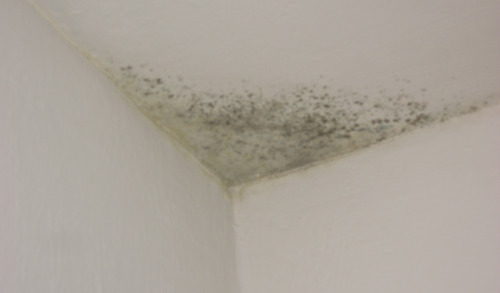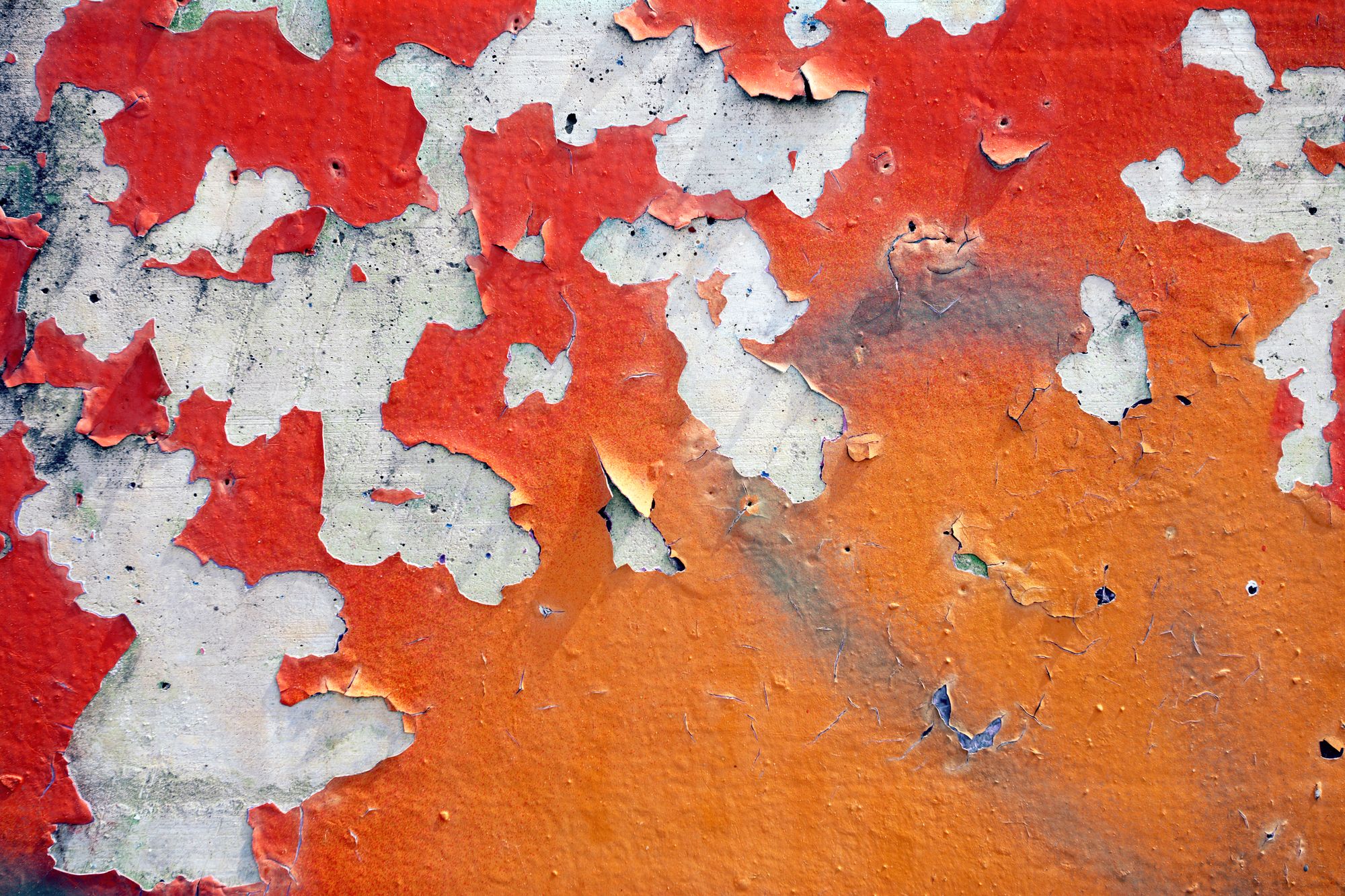Just about every person has got his or her own way of thinking when it comes to Indicators of Water Damage Behind Walls.

Water discolorations on wall surfaces are not enjoyable to the eyes. Your residence should lack spots on the wall surfaces, roofing, or floorings. That is the ideal state of a home and also its structures. Yet, occasionally it seems practically unavoidable to experience water stains on walls in houses.
Homeowners living in humid regions frequently deal with the anxiety of water stains on walls. With all-round and accurate info on the causes of water discolorations as well as punctual repair procedures, you will certainly always be a step in advance of such events.
3 Common Root Causes Of Water Discolorations on Walls
As opposed to common belief, water discolorations on wall surfaces do not constantly originate from poor building materials. There are several reasons for water stains on walls. These include:
Damp
When hot wet air meets dry cold air, it triggers water droplets to base on the wall surfaces of structures. When there is vapor from cooking or showers, this occurs in kitchen areas and also restrooms. The water beads can tarnish the surrounding walls in these parts of your residence and also spread to other areas.
Damp or condensation influences the roof as well as wall surfaces of buildings. This triggers them to appear darker than various other areas of the home. When the wall is wet, it produces a suitable atmosphere for the development of microorganisms as well as fungis. These might have negative impacts on health, such as allergies as well as respiratory conditions.
Poor Drain
When making a structure plan, it is crucial to make certain sufficient water drainage. This will protect against water from seeping into the walls. Where the drain system is blocked or nonexistent, underground moisture accumulates. This links to excessive moisture that you notice on the wall surfaces of your building.
So, the leading cause of wet walls, in this instance, can be a bad drainage system. It can likewise be due to poor management of sewer pipes that go through the structure.
Pipeline Leaks
A lot of homes have a network of pipes within the wall surfaces. This makes certain that the pipelines are well away from the reach of destructive rodents. It constantly increases the feasibility of such pipes, as there is little oxygen within the walls. This discourages rust.
A disadvantage to this is that water leak impacts the wall surfaces of the building and also causes prevalent damages. An indicator of faulty pipes is the appearance of a water tarnish on the wall surface.
Pro Tip
A houseplant in your house likewise increases its humidity. So, if your house is already damp, you may intend to present houseplants with marginal transpiration. An instance of ideal houseplants is succulents.
Water Spots on Wall Surface: Fixing Tips
Home owners would normally desire a quick fix when handling water spots. They would soon understand this is disadvantageous as the water spots repeat. So, right here are a few useful ideas that will direct you in the repair work of water stains on walls:
Verdict
No one desires to have water discolorations on wall surfaces in their residence, it can occur to the finest of us. This post provides you take advantage of, as you currently understand exactly how to manage this problem if it does occur.
It is constantly best to hire professional solutions to assist repair the damages in your house.
Occasionally it seems practically inevitable to experience water discolorations on wall surfaces in residences.
Contrary to prominent idea, water discolorations on wall surfaces do not always stem from bad structure materials. There are a number of causes of water discolorations on wall surfaces. The water droplets can discolor the surrounding wall surfaces in these components of your residence and spread to other areas.
Right here are a few useful pointers that will certainly assist you in the repair service of water stains on wall surfaces:
CHECKING FOR WATER DAMAGE
Water damage can be costly, and it may begin before you even notice the first signs of trouble. Water damage can cause mold and mildew in your walls and floors, which can create an abundance of health concerns for your family. It can also lead to costly repairs of various appliances and general home fixtures. To avoid the pricey consequences of water damage, here are Warner Service’s top 5 places you should check:
The walls – The easiest place to spot the beginnings of water damage is on the walls and ceilings of your home. If water damage is present, there will most likely be water stains, especially around the windows and doorframes, and/or cracks in the drywall. If a stain looks unusual (discolored to brown, black or gray, raised texture), has a swollen appearance or is soft to the touch, contact a professional immediately. The pipes – To avoid water damage, consistently check the pipes in your kitchen (especially the dishwasher and ice maker), bathrooms, laundry room (specifically washing machines) and basement for corrosion, leaks and water stains. Pay special attention to where the pipes connect in your home and the location of caulking around the bathroom fixtures, including toilets, sinks, showers and tubs. Missing or loose caulking and grout could be signs of leaking water. This seepage can also quickly cause mold and rust, so double check your water heater and tank for wet spots on the floor. The floor – Water damage is very easy to spot on the floor. Look for any warping or buckling of the material, especially in the basement. If your home has wood flooring, look for bright white or dark stains. If your home has carpeting, keep it dry and clean. A damp carpet that smells of mold could cause water damage and health problems. To avoid this, consider installing floor pans under your appliances to help prevent damages from small, slow and undetected leaks. The basement and attic – If your basement or attic smells odd check for mold and mildew around the area, especially the valley where the roof meets. While you are inspecting those areas, check for wall cracks, floor stains, rust and dampness in the insulation. If you live in a colder and/or rainier climate, perform routine checks for water damage from melting snow or ice and rain. The exterior – Check the roof for damaged flashing and missing, cracked or curled shingles. There should also be no standing water anywhere outside your home. This could be caused by puddles, leaky rain gutters or hoses, poor drainage, or short gutter spouts. Invest in a sump pump system or water flow monitoring system, and perform routine maintenance on these outdoor appliances to avoid indoor water damage.

We had been guided to that article on How to Find and Repair Water Leaking in the Wall through a friend on a different web page. I beg you set aside a second to distribute this article if you enjoyed reading it. We love reading our article about How to Find and Repair Water Leaking in the Wall.
Efficient, reliable plumbing services here.